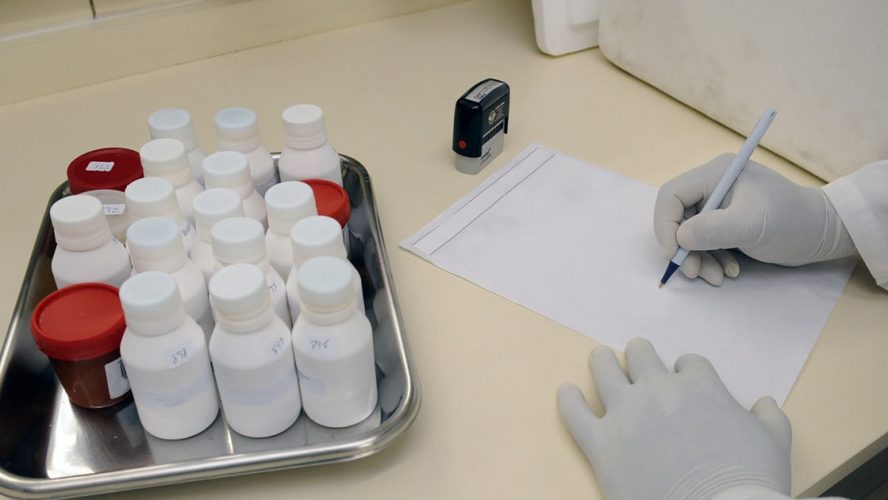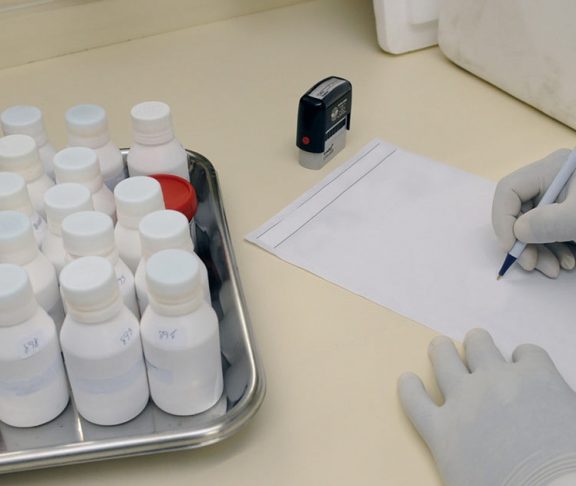
Elaine Daly
Partner, Head of Business Consulting, Grant Thornton

Tim Cotter
Lead for Life Sciences, Business Consulting, Grant Thornton
Concerns over rising drug prices is shifting attention away from manufacturing costs to pricing new medcines on the basis of how well they work.
With around two thirds of a government’s budget typically spent on healthcare, it is understandable there is a growing desire to make sure the medicines, devices and services they buy offer value for money and achieve the intended patient outcome.
Health services are increasingly concerned they are being asked to pay inflated prices for the latest drugs and technology. This means medical companies need to develop a pricing structure which is based on the effectiveness of the drugs, treatments, devices and services they are supplying.
As Elaine Daly, Partner, Head of Business Consulting, Grant Thornton outlines, the shift to value focusses on efficacy rather than the cost of manufacturing a medicine or supplying a service.
“Value-Based Pricing shifts the focus from the volume of services provided – clinician visits, procedures, medicines and tests – to the patient outcomes achieved,” she explains.
“It is the regulation of reimbursement or pricing of pharmaceuticals on the basis of the therapeutic value the medicine offers. This therapeutic value is a relative notion as it is measured through a comparison with the clinical benefits of existing drugs and therapies to determine what is the added health gain. This shares risk between the pharmaceutical company and payer because all parties benefit from the right use of the drug.”
How to measure value
The issue the supplier and customer then need to agree upon is how to decide the extra benefit a new drug provides. Here, Tim Cotter, Lead for Life Sciences, Business Consulting, Grant Thornton explains there are already accepted practices being used and refined.
“Health technology assessments (HTA) are the basis for pharmaceutical pricing, the decision whether or not a drug offers an additional value and act as a means to support health policies and reimbusement decisions,” he says.
“HTAs base their decision making either on economic evaluations or comparative clinical benefit assessments, including value-based assessment and pricing – both of which Grant Thornton can assist with.
“VBP focuses on identifying and modelling the added value that a product or service will provide to a health system in terms of improved patient outcomes, lower costs of treatment and sustainability of care. An economic appraisal or evaluation will weigh the costs of an action against the benefits that it will provide.
“A popular form of value measurement is the Quality Adjusted Life Years (QALY). A QALY integrates the length and quality of life as a single form of indicator and benefits derived from an intervention can be expressed as the gain in QALY’s that it produces.”
VBP driving innovation
Value-based pricing is beneficial because it focusses purchaser and supplier strategies on improving patient outcomes. It is an effective way of breaking down siloed reporting because the pricing structure requires a holistic approach to be taken to discover how well treatments have worked and what the true benefit is.
It could well encourage medical firms and healthcare authorities to maintain focus on personalised medicines and targeted health technologies which offer the most efficacious benefit for an indvidual. By moving away from cost, strategies for supplying and purchasing medicine, equipment and services can be firmly focussed where they should always be – improving patient outcomes.

